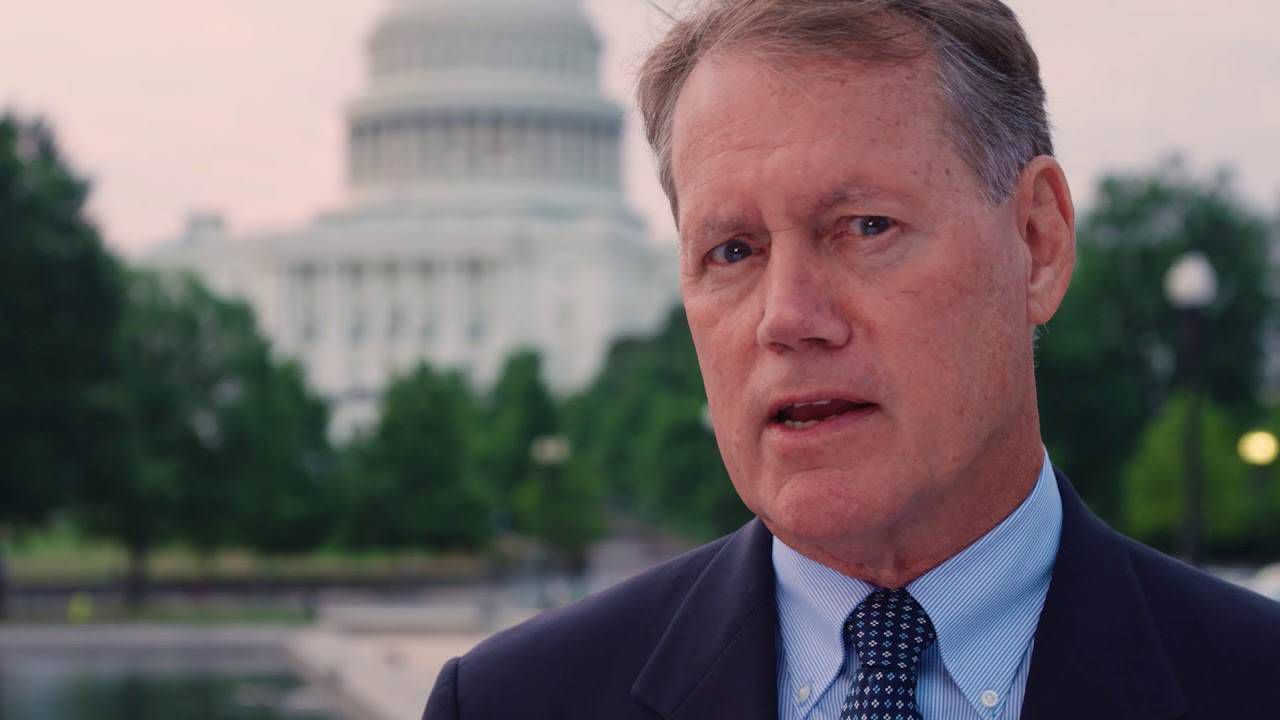WASHINGTON — The proposed federal Water Resources Development Act of 2024 is headed for a final vote in the U.S. House of Representatives with some key Hawaii projects secured by Reps. Ed Case and Jill Tokuda, both D-Hawaii, included in its numerous provisions.
The biennial bill, which cleared the House Transportation and Infrastructure Committee on a 61-2 vote last month, authorizes projects to improve the country’s ports and harbors, inland waterways, flood and storm protection and other water resource infrastructure.
Projects are performed by the U.S. Army Corps of Engineers in partnership with federal, state, local and tribal organizations and non-government organizations.
“As Hawaii has seen in increasing frequency, extreme weather events are leaving a trail of destruction and loss behind,” Tokuda said. “From hurricanes to flooding to wildfires, we need to do all we can to protect our local communities from the impacts of sea level rise and natural disasters. I am proud this bill includes projects in four counties to help protect our communities from future disastrous events.”
“In addition, Hawai’s harbors serve as a critical lifeline for residents and businesses,” she continued. “This year’s WRDA includes efforts to maintain the infrastructures that keep products flowing in and out of our state and keep Hawaii moving forward.”
Some of the Hawaii initiatives included in the 2024 WRDA include:
Increased funding for the Maui Environmental Infrastructure authorization: Both Case and Tokuda requested that funding be increased to $50 million from $20 million to assist with wildfire recovery.
Lahaina watershed study: Case and Tokuda also advocated for a study of the Lahaina Watershed that would include the coral reef habitat north of Lahaina. The study would examine the overall impacts of the wildfire with the goal of better protecting the community from flooding and preventing environmental damage from runoff.
Ala Wai Canal flood risk management project: Case is seeking to expedite the 25-year-old project, which focuses on protecting the homes, businesses and communities of Makiki, Manoa, Palolo and Waikiki.
“We all are facing the real-life evidence every day of the effects of climate change including disastrous flooding, and we must continue our efforts to prevent a catastrophic storm that would impact the watershed and the adjacent canal,” Case said.
Honolulu Harbor expansion and upgrade: Case proposes to update a previous authorization for a study on expanding and upgrading Honolulu Harbor to reflect “expanded complexity, scope and funding needs, including elements of coastal storm risk management.”
“As the main port of the State of Hawaii, Honolulu Harbor receives and distributes all overseas cargo shipments constituting over 80% of all imports into the state, supports fishing operations and cruise ships and handles federal maritime activity including the U.S. Coast Guard’s 14th District,” said Case, who previously secured $1.5 million in funding for the project via his work on the House Appropriations Committee.
Joining USACE studies of the Pacific Region: Under this provision, Hawaii would be allowed to partner with the Army Corps of Engineers on studies involving cultural resources preservation and environmental restoration. The agency already works with Guam, American Samoa and the Commonwealth of the Northern Marianas on similar studies of coastal storm risk management and flood risk.
Expanding eligibility for federal assistance for coastal communities dependent on key ports: This amendment would allow for expanded eligibility for coastal communities whose longevity is tied to harbor access. It allows for greater consideration of cultural, social and ecosystem benefits to the local communities in cost-benefit analyses.
Further Hawaii-related provisions include an assessment of the Waialua Watershed to inform efforts to prevent future flooding and climate change impacts; modifications to repair Laupahoehoe Harbor to allow for the repair of the harbor’s breakwater structure; a comprehensive new start Feasibility Study to evaluate sources of flooding and propose solutions to reduce flood damages in the Hanapepe River watershed.
Michael Tsai covers local and state politics for Spectrum News Hawaii. He can be reached at michael.tsai@charter.com.

